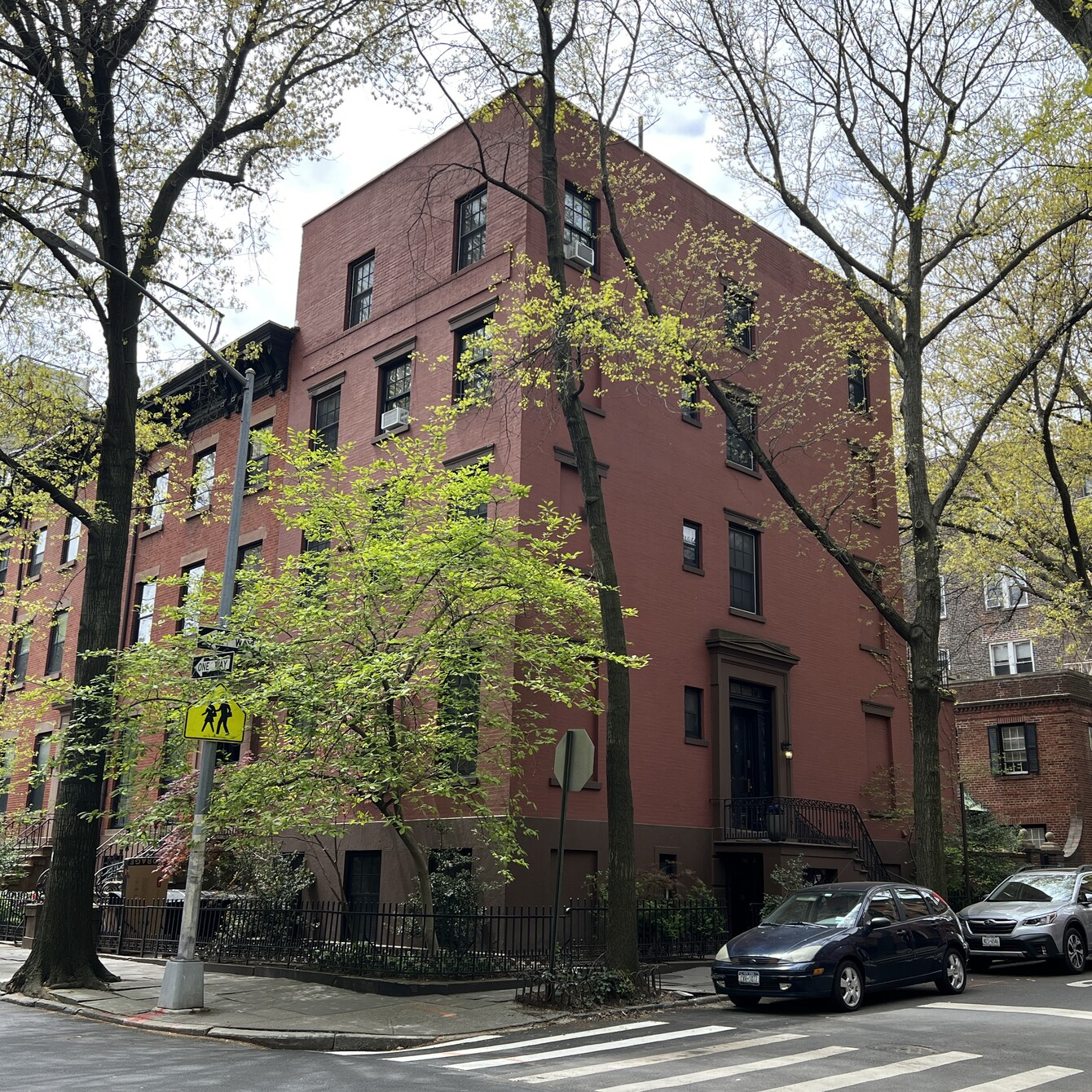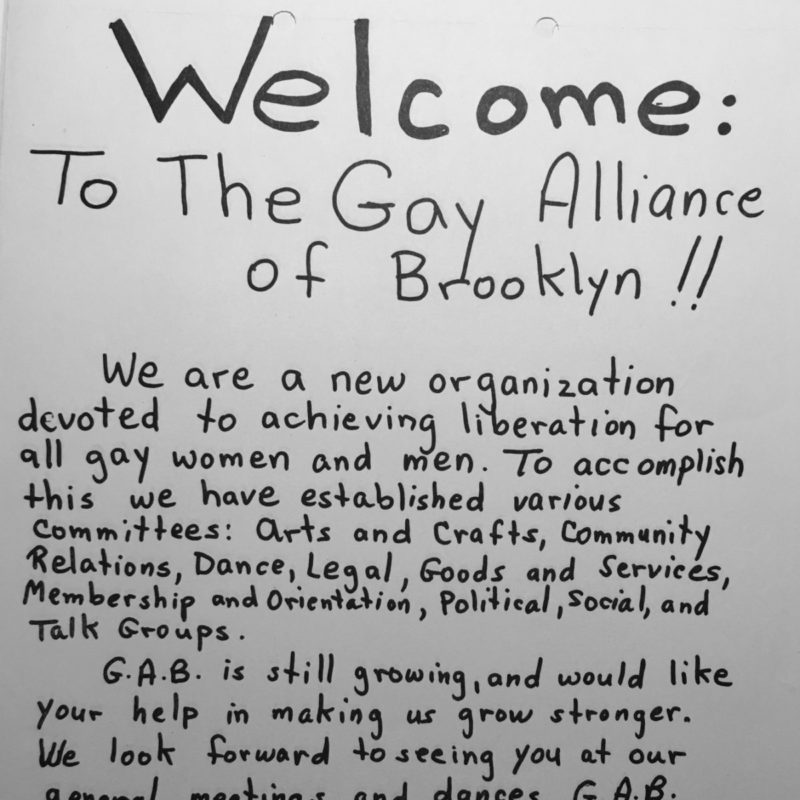
Clay Lancaster Residence
overview
Clay Lancaster, who lived in this Brooklyn Heights rowhouse from c. 1943 to 1961, was among the most influential founders of the modern historic preservation movement that blossomed in the decades after World War II.
His Old Brooklyn Heights book remains a major resource for understanding the history of this architecturally significant neighborhood.
History
Architectural historian Clay Lancaster (1917-2001) was born and raised in Kentucky, moving to New York City in 1943 after completing his master’s degree at the University of Kentucky. He soon settled into an apartment at the rear of the raised basement of the Greek Revival rowhouse at 18 Cranberry Street in Brooklyn Heights.
The historic preservation movement in New York City had its genesis in the activists who were intent on protecting the character of their historic neighborhoods. Nowhere was this more evident in the 1950s and 1960s than in Brooklyn Heights. The proponents of preservation in Brooklyn Heights understood that they had to make a strong case for the significance of their local buildings.
As a result, Lancaster researched the 619 pre-Civil War rowhouses in the area and in 1961 published Old Brooklyn Heights which, New York Times reporter Douglas Martin argued “provided the historical and intellectual ammunition for the successful argument in 1965 that Brooklyn Heights should become the city’s first historic district.” He went on to become active in many other preservation efforts, both as an activist and a writer. Former Landmarks Commission chair Kent Barwick credits Lancaster as having “revived the whole historic district movement across the United States,” while architecture and design critic Douglas Brenner declares that Lancaster was “a pioneering historian of American architecture and a founding father of historic preservation.”
Lancaster worked at Columbia University’s Avery Architecture Library, taught classes at Columbia and at Cooper Union, and served as the first curator of Prospect Park, writing the Prospect Park Handbook in 1967. In the introduction, poet Marianne Moore wrote “Fellow-citizens, We are privileged that Mr. Clay Lancaster – like Thomas Jefferson – assists us to be intelligent and to love beauty.”
Like many men of his generation, Lancaster was completely closeted with regards to his sexuality; friends have confirmed that he was gay. In 1961, Lancaster moved into a modern apartment house at 30 Monroe Place in Brooklyn Heights but did not like the ambiance so moved to an apartment in an old rowhouse on Columbia Heights. After a burglary in 1971, he decided to leave New York, moving first to Nantucket, then to southern California, and finally settling in Kentucky.
In each of these locations Lancaster wrote books and articles exploring the local architecture. Among his nationally significant works are Japanese Influence in America (1983; researched on the first of his two Guggenheim Fellowships) and The American Bungalow, 1880-1930 (1995).
Entry by Andrew S. Dolkart, project director (April 2024).
NOTE: Names above in bold indicate LGBT people.
Building Information
- Architect or Builder: Unknown
- Year Built: TBD
Sources
A Bibliography of Clay Lancaster, University of Kentucky Occasional Papers No. 10 (1992).
Clay Lancaster, Old Brooklyn Heights: New York’s First Suburb (Rutland, Vt: C. E. Tuttle, 1961).
Clay Lancaster, Prospect Park Handbook (William Rawls, 1967). [Source of Marianne Moore quote]
Douglas Brenner, “Deep in the Kentucky Woods, the Preservationist Clay Lancaster Built Himself a Country Seat,” Home Design, The New York Times Magazine, October 12, 2003. [Source of Douglas Brenner quote]
Douglas Martin, “Clay Lancaster is Dead at 83; Historic Preservation Pioneer,” The New York Times, February 9, 2001. [Source of Douglas Martin and Kent Barwick quotes]
Do you have more information about this site?
This project is enriched by your participation! Do you have your own images of this site? Or a story to share? Would you like to suggest a different historic site?




